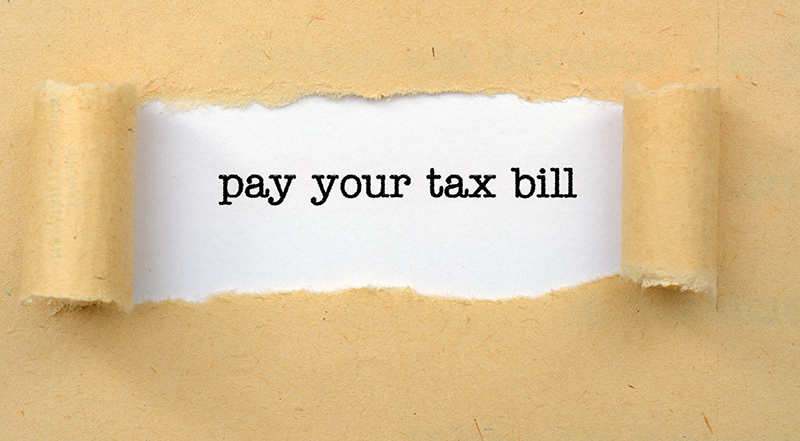How Do I Submit Payment to the IRS for Back Taxes?
February 10, 2021 by Jean Lee Scherkey, EA
What a satisfaction it is saying goodbye to old debts. Like the fizzy goodness of Alka Seltzer relieving a sore head and an upset stomach, getting out from under the thumb of the IRS by paying back taxes soothes the nerves and calms the soul. There are several options available to taxpayers who want to make a payment to the IRS. The choices are:
- Cash: Only specific Taxpayer Assistance Centers (TACs) accept cash payments. Those wishing to make their payment at a TAC will need to schedule an appointment thirty to sixty days in advance. Due to the Covid-19 pandemic, these service centers may be temporarily closed. There are retail locations (some 7-Eleven stores) that will accept cash payments but charge a $3.99 fee per payment. Payments posted at retail locations may not exceed $1,000 per day.
- Check or money order: Payments should be made out to the “U.S. Treasury” and, in the memo section, include the taxpayer’s social security or employer identification number, tax year the payment is for, and the related tax form or IRS notice number. Information on where to mail the payment can be found on the IRS “Pay by Check or Money Order” webpage.
- Same-day wire payments: Wire payments may be made from a U.S. or foreign financial institution to the IRS. The financial institutions may charge a fee.
- Cash payments at certain retail partners: Grab lunch and pay your taxes! For a nominal fee, some retail chains will accept cash payments on behalf of the IRS. Check the participating locations of 7-Eleven, Ace Cash Express, CVS Pharmacy, Walgreens, Family Dollar, Casey’s General Store, Dollar General, Pilot Flying, Speedway, Kum & Go, Stripes, Royal Farms, and Gomart. Depending on the retail partner, taxpayers may make cash payments between $500 and $1,000 while grabbing a hotdog and slushie. Now, this is multitasking we can all relish.
- Direct debit through IRS Direct Pay (ACH): With Direct Pay, electronic payments are made directly from the taxpayer’s checking or savings account to the IRS free of charge. A single payment may be scheduled up to 30 days in advance, and taxpayers may reschedule or cancel payments up to two business days before the payment is scheduled. First-time tax return filers and those who have not filed a return in the last six years may not use Direct Pay. Additionally, business entities may not use Direct Pay.
- Credit or debit card through a third-party payment processor: There is a fee that ranges from 1.87% to 1.99% of the payment amount, depending on which payment processor is used. The IRS also limits the number of credit card payments a taxpayer may make. The limitation depends on the type of tax payment. Although it may be tempting to pay by credit card and rack up some extra mileage points for the day we can travel again, determining whether the extra points will make up for the service fee and potential interest you may owe might be the first step.
- IRS2GO App: For those whose fingers and thumbs are permanently attached to their smartphone, the IRS2GO App may be a great option. Taxpayers can download the IRS2GO App directly onto their mobile devices. Through the app (which is available in English and Spanish), taxpayers may use IRS Direct Pay or their credit or debit card to make payments. Remember, credit or debit card payments come with a fee.
- IRS Electronic Federal Tax Payment System (EFTPS): This is a free online payment option provided by the U.S. Treasury. Payments can be made online or by phone. Both individuals and businesses may utilize EFTPS. Taxpayers may enroll in the EFTPS system by submitting Form 9783, EFTPS Individual Enrollment Form, or sign-up online.
The best payment option ultimately comes down to personal preference! You may want to review each choice to decide which one is right for you. If you choose to call the IRS to make your payment by phone, keep in mind there are longer than usual call volumes due to the upcoming filing season and COVID-19 pandemic. Unless your bucket list includes taking the time to read War and Peace, you may want to choose another payment alternative. Whichever method you settle on, know that ultimately, you are choosing financial freedom by kicking debt to the curb.





